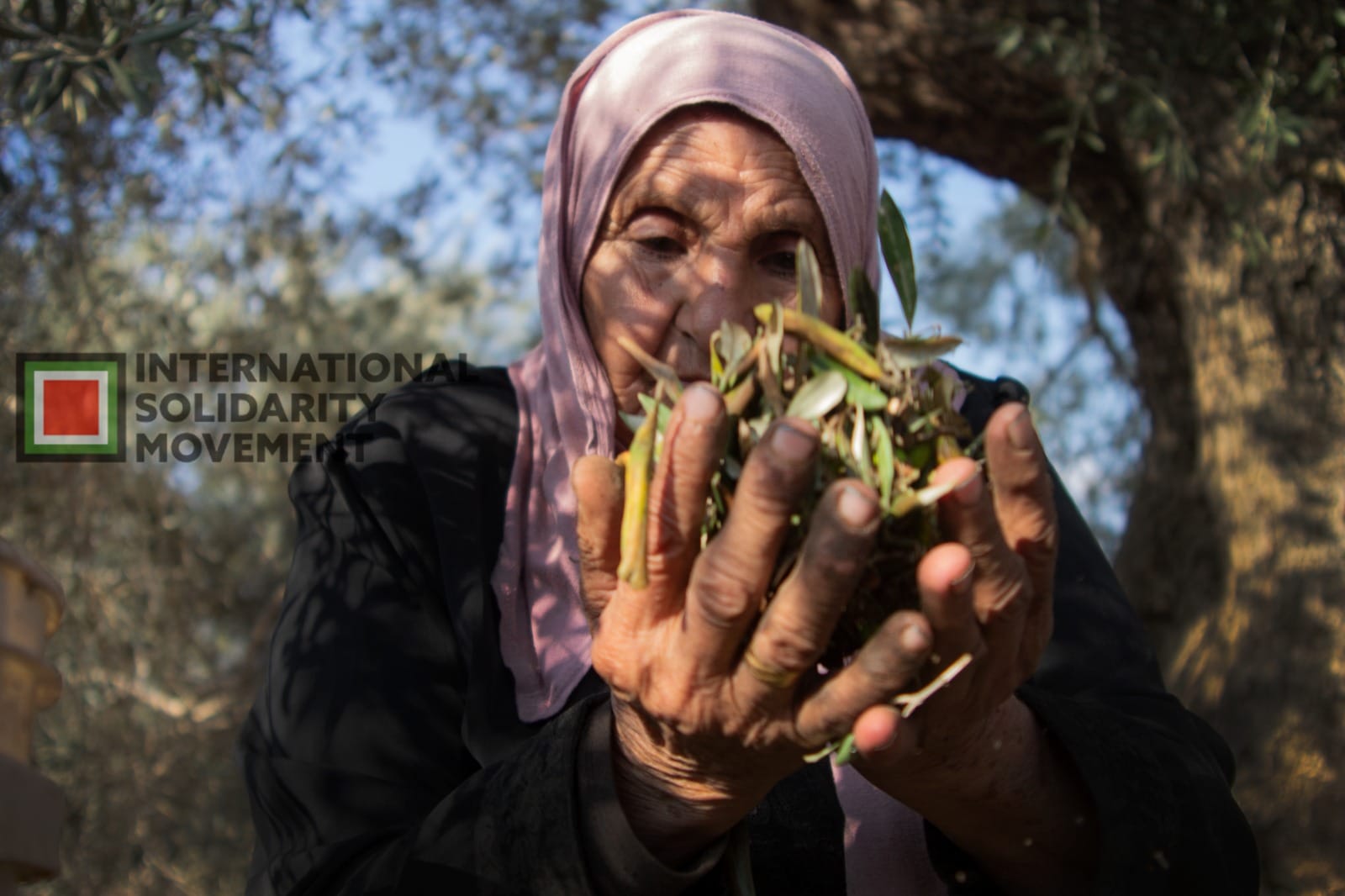Tag: Settler violence
-
Olive Harvest 2022: Call for Volunteers
September 15 | International Solidarity Movement | Occupied Palestine ISM is issuing an urgent call out for volunteers to join the 2022 Olive Harvest at the invitation of Palestinian communities, starting next month. Olive trees are a national symbol in Palestine. As hundreds of thousands of trees have been uprooted by the Israeli military…
-
Inheriting resistance in the South Hebron Hills: “I am my father’s daughter, if he can do this, so can I… and more”
August 6 | International Solidarity Movement | South Hebron Hills, occupied Palestine “My life is occupation … all the time you have to be ready for the bad, and the most bad you can imagine,” Sameeha Huraini tells me, as she explains the reality of day-to-day life in the South Hebron Hills. She is just…
-
Water Series: Hail of tear gas on peaceful villagers protesting settler theft of water supply in Kafr Malik
August 16 | International Solidarity Movement | Kafr Malik, Ramallah, occupied Palestine This is the third of a series of reports documenting the control and devastation of water sources by Israel as a tool of oppression. The residents of Kafr Malik, a town northeast of Ramallah, marched towards the Ain Samia area today…



